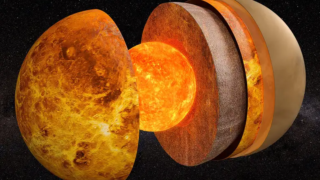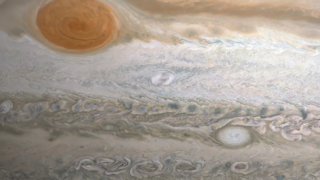
MI weekly selection #422
Paralyzed man writes on screen with his mind A man paralyzed from his neck down was able to imagine writing words and have them appear on a screen. Researchers attached a pair of electrodes to an area of the man’s brain associated with finger and hand movement, and after he imagined he was writing the […]








